Top 10 extinct spirits
They say all good things must come to an end, and in the case of some of these 10 discontinued spirits, that ending came sooner than expected.
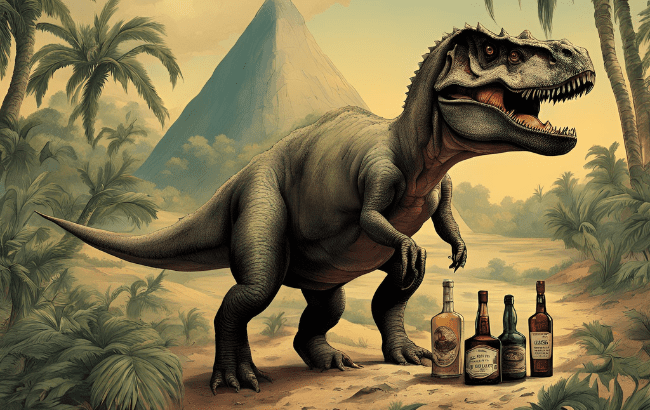
What do dinosaurs, dodos, and this list of spirits have in common?
While it might seem like a strange grouping, they all share one very tragic status: all have fallen victim to extinction, with some falling long before their time.
From shock shelvings to mysterious market exits, we’ve rounded up the 10 products that have disappeared from production never to be seen again. Or have they?
Patrón XO Café
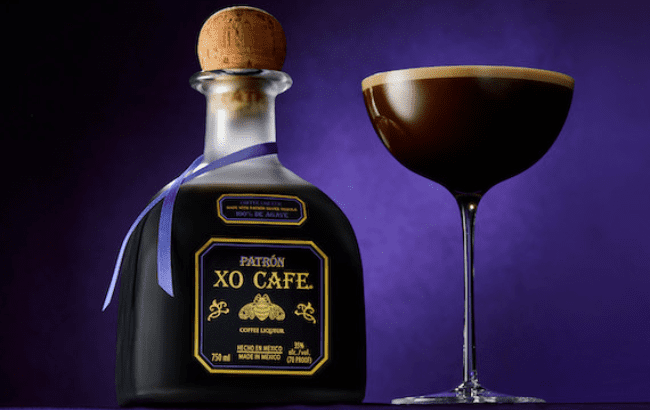
When Bacardi announced it was discontinuing its cult favourite Patrón XO Café in 2021, the news was not taken well. One consumer wrote on Twitter (now known as X): “I’m not being dramatic when I say this is the worst day of my life.” Over dramatic? Maybe. Justified? Probably. Many took to stockpiling the coffee liqueur in a fashion not too dissimilar to the way panic-buying hoards stocked up on toilet roll at the beginning of the pandemic.
But why, many asked, would Bacardi choose to shelve such a popular product? The firm said it was so it could focus on Patrón’s core products: its silver, reposado, añejo and other super-premium and ultra-premium Tequilas. However, there was speculation that the move was an attempt to distance itself from the wild party-fuelled reputation XO Café was bringing to the brand. Regardless, Bacardi clearly decided that reputation or not, it made commercial sense to bring it back for a ‘one-time-only limited run’ earlier this year. Will it stay out of the portfolio for good? Time will tell but, until then, you can find bottles on the internet going for US$100 if you really need your fix.
Cacti Spiked Seltzer
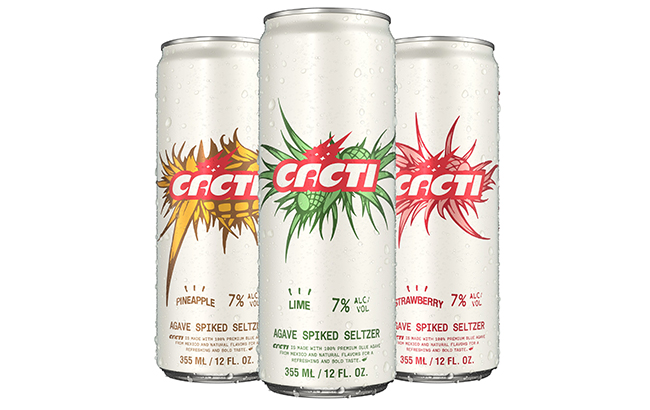
In the wake of the 10 fatalities that occurred at the Astroworld music festival founded by American rapper Travis Scott in late 2021, Anheuser-Busch announced its decision to pull the plug on Scott’s agave-infused hard seltzer brand, Cacti.
Scott had initially created the brand after being inspired by Tequila’s flavours and the ‘light and refreshing taste of seltzer’, with the Cacti range consisting of three flavours: Lime, Pineapple and Strawberry. Made in Los Angeles, Cacti (7% ABV) was said to be made with 100% premium agave and ‘natural’ flavours.
A spokesperson for Anheuser-Busch at the time said: “After careful evaluation, we have decided to stop all production and brand development of Cacti Agave Spiked Seltzer. We believe brand fans will understand and respect this decision.”
Pimm’s No.6
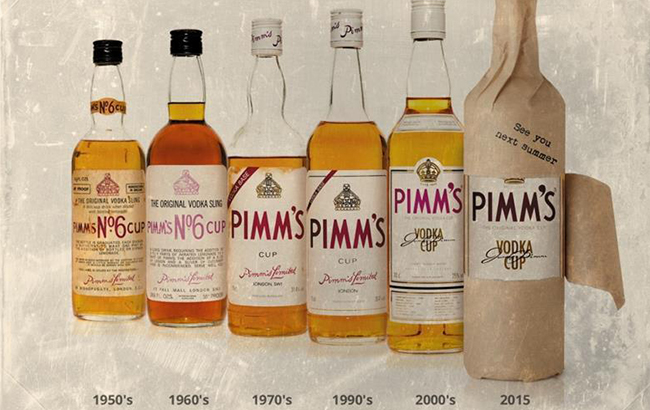
When a discontinued product has a campaign group trying to get it reinstated, you know it must be something a bit special. That’s what happened in 2021 when Diageo chose to shelve its Pimm’s No.6 – for a second time.
Launched in 1964, Pimm’s No.6 was originally known as a Vodka Sling, but was soon dubbed the Vodka Cup.
Pimm’s enthusiasts Angus Campbell and Alistair Troughton started The Real Pimm’s campaign group in 2014 after they were unable to buy the vodka-based product. The move led to Diageo reversing its decision to discontinue the variety in 2014, but by 2021, the British firm had U-turned again, saying No.6 Vodka Cup’s small sales figures and low demand made it “no longer viable to continue this particular variety within the Pimm’s portfolio”.
Four Loko
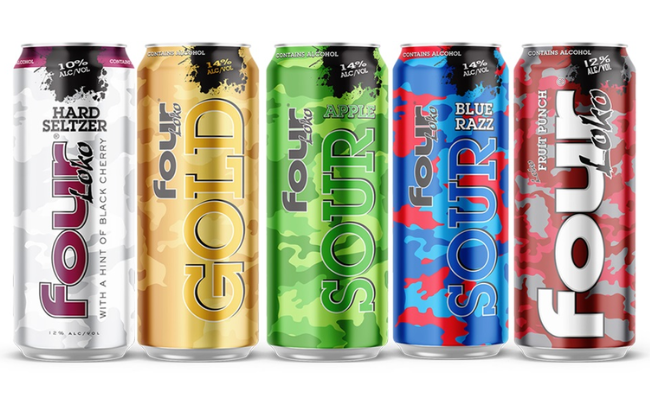
If you grew up in the US in the noughties, the chances are you, or someone you know, has a wild story that stems from this once-popular caffeinated alcoholic beverage.
Introduced to market in 2005, Four Loko gained notoriety in the autumn of 2010 when it swept through US college campuses like a powerful, highly caffeinated tidal wave.
While the ‘four’ in the name refers to its four primary ingredients (alcohol, caffeine, taurine, and guarana), the ‘loko’ presumably refers to its effect on consumers. It quickly gained the nickname ‘blackout in a can’ and ‘liquid crack’, which accompanied reports of heightened binge drinking and dangerous consequences – it doesn’t take a lot of imagination to work out why the Food and Drug Administration, colleges, and other institutions called for its removal from US shelves in 2014.
It was banned in the UK by The Portman Group, before the ready-to-drink brand was reintroduced to the UK market in 2021 with a new 8.5% ABV formula (down from 12% ABV). However the brand never quite gained the same level of buzz it saw over the pond the decade before.
The Glenmorangie The Original
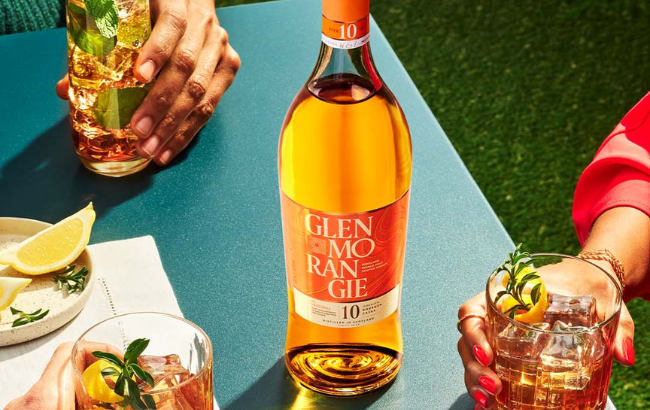
Last month, whisky lovers said adios to an expression that has been a stalwart of the Scotch scene for six decades, as LVMH-owned The Glenmorangie announced it was replacing The Original 10-year-old signature with a 12-year-old expression.
After conducting experiments, the Glenmorangie whisky creation team, led by Dr Bill Lumsden, determined that the two additional years led to a ‘silkier and creamier’ flavour profile with a ‘swirling kaleidoscope of taste’ compared with the 10-year-old.
The chances are you’ll still be able to find bottles of the slightly younger expression on many retailers’ shelves, so it’s not too late if you want to stock up before it steps aside for good – but its replacement sounds pretty great if you don’t manage to get your hands on the original Original.
Bacardi 151
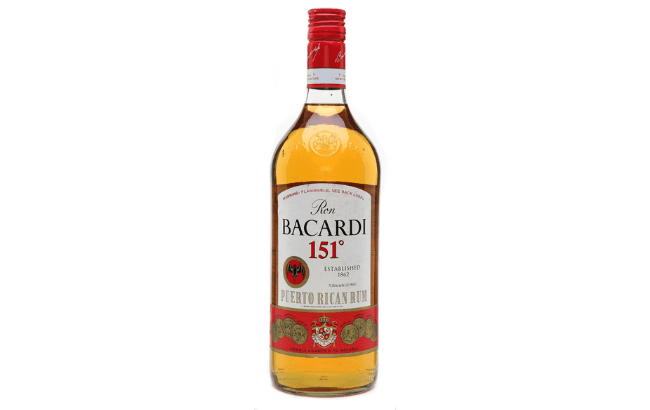
In 2016, Bacardi made the unexpected (but perhaps very reasonable) decision to cease production of its notorious high-proof rum, Bacardi 151.
Risk of injury, regulatory challenges and brand reputation were among the official reasons behind the abrupt discontinuation of the 75.5% ABV rum. In a statement made at the time, Bacardi stressed its commitment to promoting a responsible drinking culture and pointed to its diverse portfolio, which it said it would continue to expand in other, less controversial directions.
A lot of consumers were disappointed to see the iconic overproof expression disappear from production, with many enthusiasts rushing to purchase the remaining bottles, causing prices on the secondary markets to soar. But Bacardi asserted the decision was made with the safety of its consumers in mind. After all, at such a high ABV, one wayward match could send a home bar up in flames.
Kina Lillet
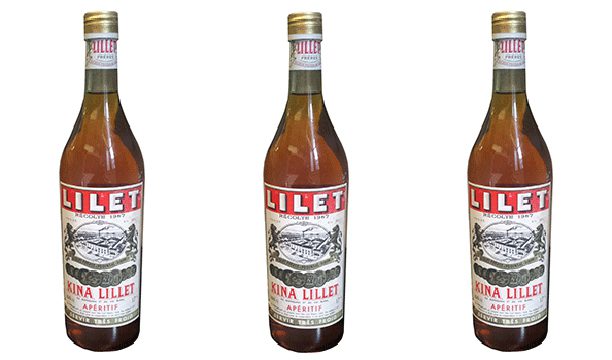
If you want to drink a Vesper Martini the exact way James Bond made it in Casino Royale, you’ll have to find yourself a bottle of the now-extinct Kina Lillet, which is used in the iconic cocktail alongside Gordon’s gin and an unspecified vodka.
In 1986, in an attempt to keep the brand relevant with consumers’ changing tastes, the amount of quinine in Lillet was reduced so much that the word ‘Kina’ (which means ‘quinine’ in French) was dropped from the brand name to be replaced simply with ‘Blanc’.
Now, for all intents and purposes, you can still ‘get’ Kina Lillet, though it is now known as Lillet Blanc and offers slightly less bitterness than its predecessor on account of having less quinine – but, if you’re a Bond loyalist, you’ll need to seek out the bottle he name-checks to make it his way.
Baileys Almande
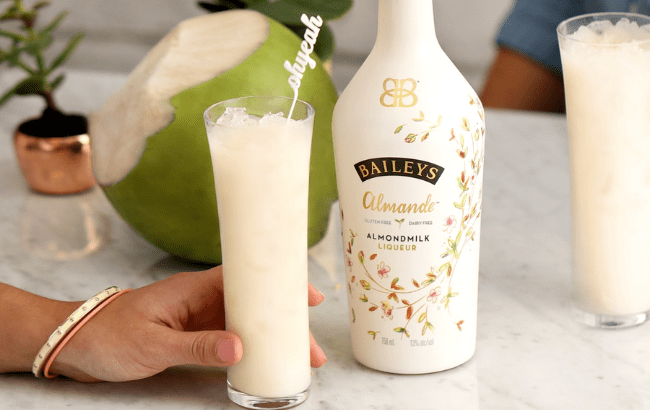
“Why should non-vegans have all the fun?” Baileys asks on the product pages of its 100% dairy-free, vegan-friendly Baileys Almande. Well, because Diageo discontinued the almond milk-based product in autumn 2021 – that’s why.
Diageo initially launched Bailey’s Almande on a trial basis in the US in 2016, however it wasn’t until 2017 that the product became fully vegan when it removed beeswax from the recipe – something it said was in response to the ‘huge demand’ from the vegan community.
So why aren’t they making it any more? General consensus online seems to be that the product just wasn’t good enough – with so many vegan-friendly spirits now available, perhaps it wasn’t worth Diageo’s time to try and compete.
Baileys Irish Whiskey
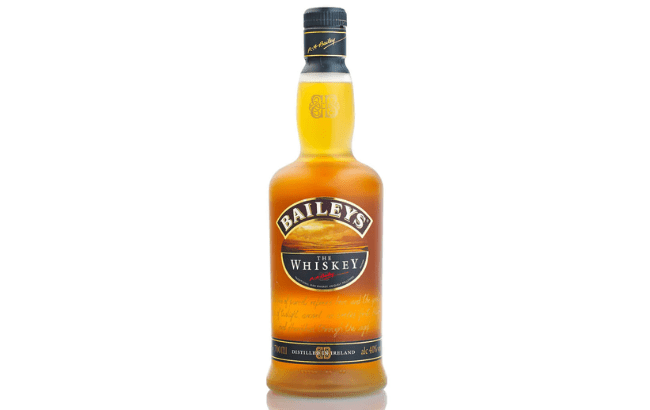
Another product bites the dust from Baileys, and this time it’s proof that sometimes it’s best to stick to what you know.
Diageo launched Baileys Irish Whiskey in 1997 – at least, that’s what Sean Boyd says in his book Behind the Horseshoe Bar, published in 1999 – but very little information on the mysterious spirit is available elsewhere. It’s almost as if Diageo has tried to kill all public reference to it… However, chat on the now inactive Irish Whiskey Society forum speculates that it was pulled at the last moment, and initially only test-marketed in Dublin pubs.
One society member still has the advertising material that accompanied the bottle they managed to get their hands on, which read: “We have taken traditional, triple-distilled Irish whiskey and introduced it to the casks which once housed the Baileys spirit blend.”
Sounds like it could have been an interesting dram, but sadly we’ll probably never know just how interesting it was.
Aftershock
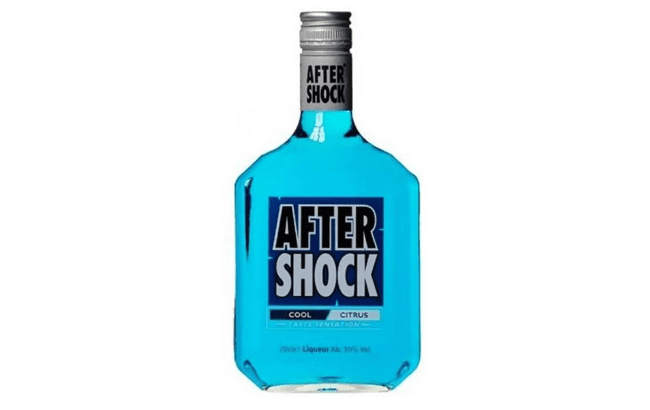
This final product should probably come with a trigger warning for the palates of anyone who went to a nightclub in the nineties or early noughties.
With its electric hue, candy-like flavours, and a punchy ABV of 40%, Aftershock was first launched by the Jim Beam group in April 1995, and very quickly became the lifeblood of party-goers.
There was a rumour that Aftershock got its name from its ability to get you drunk twice due to a weird ‘crystalisation effect’ that saw the liquid solidify in the stomach before becoming liquid once again before digestion, giving the body a second wave, or aftershock, if you will, of alcoholic intake. Nonsense, of course, but we bet it contributed to on-trade sales, even if it wasn’t enough to keep it on US back bars when caffeinated alcohol made its entrance, resulting in its eventual demise in 2009.
However, there is some good (or bad) news for UK consumers, as it is still available on our shores, although some of the classic flavours have since become extinct. RIP, we guess.
Related news
Top 10 spirits for gifting this summer
